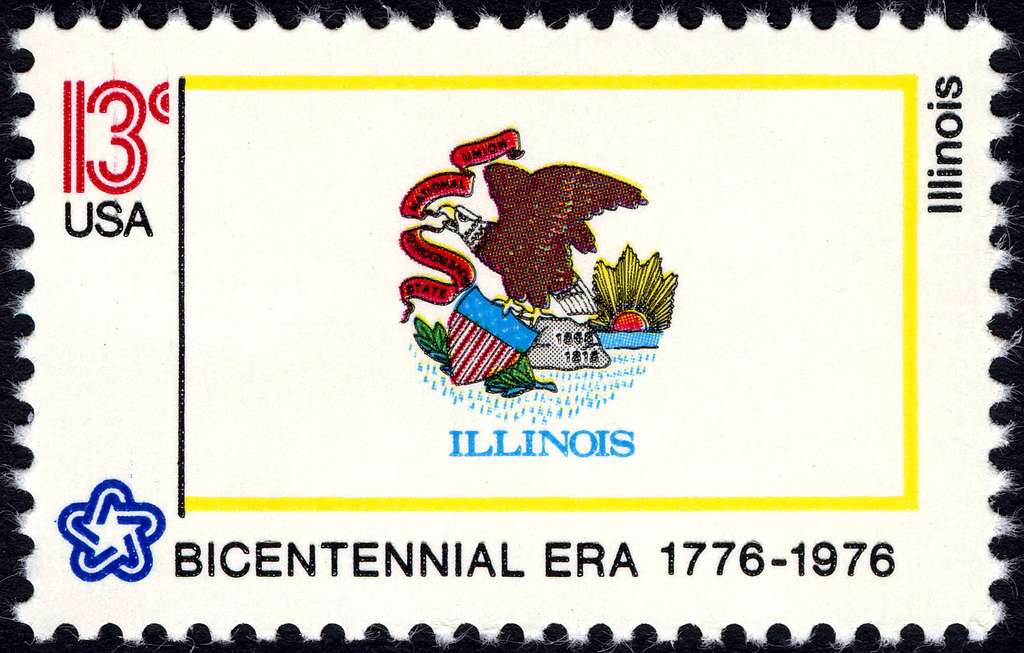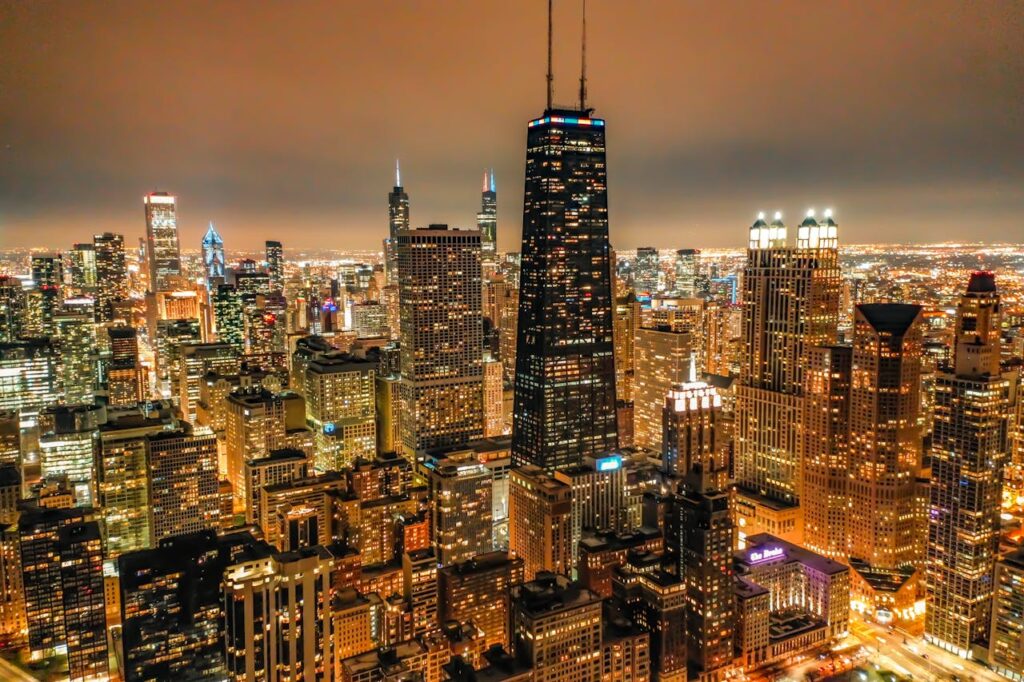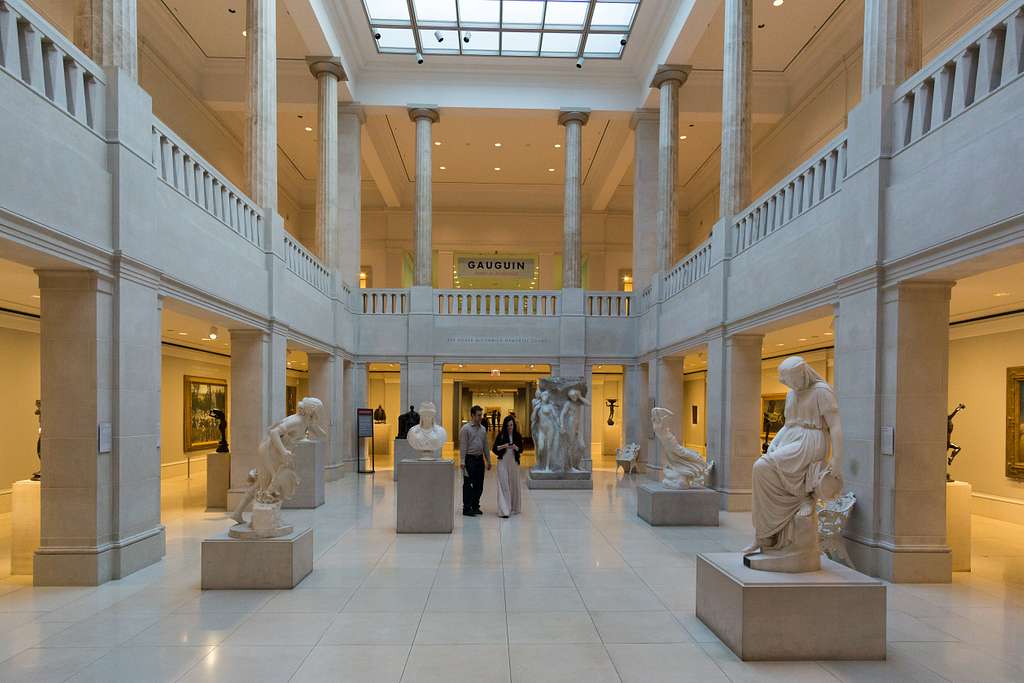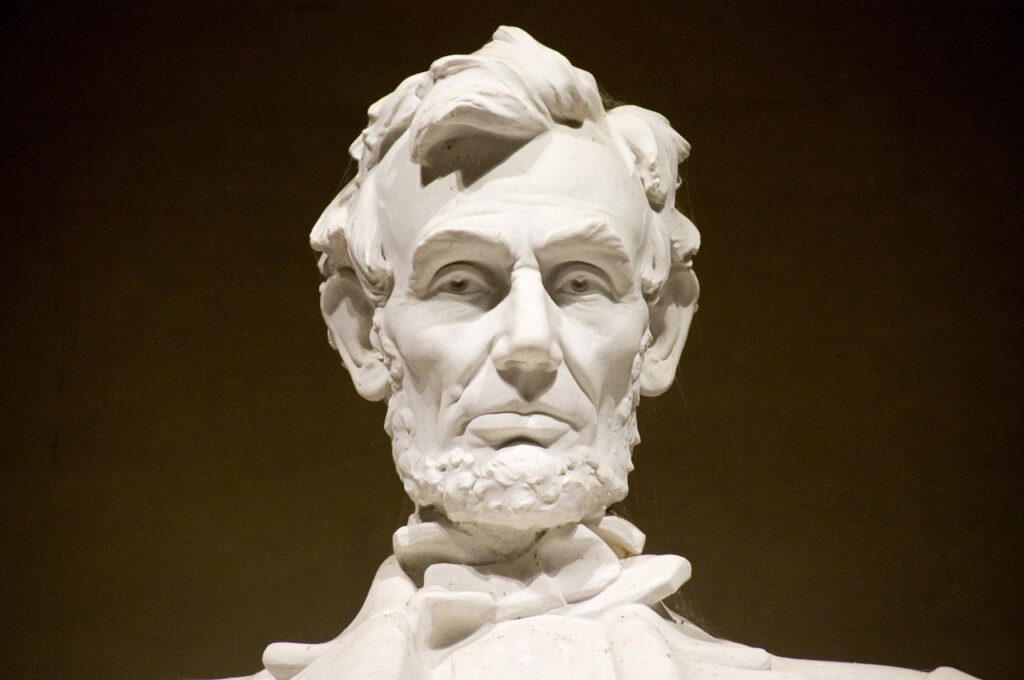
The Best 67 Facts About Illinois That Might Surprise You
Facts About Illinois
Firstly, Illinois is one of the most historically and culturally rich states in the United States. Known as the Prairie State, it is packed with interesting stories, famous landmarks, and influential people. From the towering Willis Tower in Chicago to the scenic beauty of Shawnee National Forest, the state of Illinois has long intrigued travelers, historians, and residents alike. Thus this article explores an in-depth series of facts about Illinois, blending lesser-known tidbits with significant contributions that shaped the nation.
A Quick Glance at the Land of Lincoln
Illinois was admitted to the Union as the 21st state on December 3, 1818. Situated in the midwestern state region, Illinois has played a vital role in American industry, politics, and culture. Not only has it been the home of Abraham Lincoln, but it also contributed significantly during the Civil War, and continues to be a populous state with major urban centers.
Geography and Natural Wonders of Illinois
Illinois covers about 57,915 square miles of land and water, or nearly 150,000 square kilometers. Its geographic center lies in Logan County, while Charles Mound, the highest point, rises just 1,235 feet above sea level. In stark contrast, the lowest point is where the Mississippi River meets the Ohio River, measuring just 279 feet above sea level.
Key Natural Features:
- Lake Michigan forms the northeastern border, offering water recreation and scenic views.
- The Illinois River, which bisects the state, has historically served as a major transportation route.
- Southern Illinois is known for its hills and forests, including the vast Shawnee National Forest.
- The Chicago River, known for the flow of the Chicago River being reversed in a historic engineering project, still amazes visitors and engineers alike.
Major Cities and Urban Facts About Illinois

While the largest city in Illinois is undeniably Chicago, the state is home to several important urban centers.
Chicago: The Windy City
Often referred to as the Windy City, Chicago is one of the country’s most prominent cities. It is the location of the world’s first skyscraper, constructed in 1885. Today, Chicago continues to impress with towering marvels like the Sears Tower (now Willis Tower), which was once the tallest building in the world.
Chicago is also rich in culture and education. The University of Chicago and the Chicago Public Library, which is part of the world’s largest public library system, are globally recognized institutions. In fact, the Chicago Water Tower is one of the few buildings to survive the Great Chicago Fire of 1871, serving as a symbol of resilience.
Other Notable Cities
- Springfield, the capital city, houses the Abraham Lincoln Presidential Library and Museum.
- Peoria, one of the largest cities, has strong ties to industry and innovation.
- Des Plaines was home to the first McDonald’s, now a museum.
- Aurora and Rockford round out the list of economically significant areas in Illinois.
FACT :
Did you know? Illinois is the birthplace of Walt Disney, who was born in Chicago in 1901. (Source: Walt Disney Family Museum)
A State of Firsts and Famous Landmarks
Throughout its history, Illinois has been the site of numerous “firsts” that have had a lasting impact not just on the region but on the entire country. Indeed this midwestern state has continually demonstrated innovation, resilience, and a strong sense of identity. Although not the first state in the Union, Illinois holds a first-place position in many cultural and historical achievements.
World’s First Skyscraper and Other Architectural Marvels
Undeniably, one of the most notable facts about Illinois is its place in architectural history. In 1885, the world’s first skyscraper was constructed in Chicago—a ten-story building made possible through steel-frame construction. That breakthrough laid the foundation for cities across the globe.
Eventually, even taller structures emerged, including the Sears Tower, now known as the Willis Tower. Once holding the title of the tallest building in the world, it remains one of Chicago’s most iconic landmarks and continues to attract millions of visitors each year.
Additionally, the Chicago Post Office, once the world’s largest post office, and the Field Museum, one of the most respected institutions of natural history, reinforce Chicago’s legacy as a city of monumental achievements.
Cultural Contributions and Influential Institutions
Illinois is more than just buildings; it’s a place where culture thrives. The fine arts are alive in institutions such as the Art Institute of Chicago and performances held at the Goodman Theatre. The state also claims to have launched the longest-running talk show, highlighting its role in shaping television history.
Home to the University of Illinois and the University of Chicago, the state nurtures some of the brightest minds in the world. Both institutions are widely recognized for research, science, and public service. Through them, Illinois has influenced not only the United States but the global academic community.
Moreover, the state’s support of conservation areas, including dozens of state parks and natural reserves, reflects a deep respect for the environment and a commitment to preserving its natural beauty.

Historical Events and Turning Points
Many interesting facts about Illinois are tied to its rich history. From its early days as a French colony to becoming the 21st state in the Union, its journey has been both complex and influential.
The Civil War and Beyond
Although it was far from the front lines, Illinois played a vital role in the Civil War. Thousands of Illinois men volunteered, and the state was instrumental in shaping the leadership of the Union. Abraham Lincoln, whose political career was deeply rooted in Illinois, eventually led the country through its darkest chapter.
Interestingly, the 13th Amendment, which abolished slavery, was strongly supported by Illinois representatives—further reinforcing the state’s place in progressive history.
Additionally, the present constitution of Illinois, adopted in 1970, underscores its dedication to evolving governance while maintaining foundational values like state sovereignty.
Famous People Born or Raised in Illinois
The list of famous people connected to Illinois is extensive. From actors like Harrison Ford and Tom Hanks to cultural icons like Hugh Hefner and John Deere, the state has produced individuals who have shaped global culture and industry. Furthermore, Ronald Reagan, the 40th President of the United States, was born in the small town of Tampico, adding to the political weight Illinois carries.
I’d really appreciate it if you could read this article Fascinating Facts About North America (The Best 50) when you have a moment. It’s related to what we’ve been discussing.
Unique Cities and Small Town Charms
Not all facts about Illinois revolve around its major cities. Beyond Chicago, there are small towns and lesser-known regions that contribute significantly to the state’s character.
The Small Town of Casey and Its Record-Breaking Quirks
Located in central Illinois, the small town of Casey is home to several of the world’s largest items, including the world’s largest public mailbox and the world’s largest bottle of shampoo. Known for its charm and hospitality, Casey provides a refreshing contrast to the bustling life of Chicago. These whimsical attractions not only boost tourism but also showcase the creativity of local residents.
River Forest and the Oak-Hickory Forest Legacy
In the west-central part of the state, towns like River Forest are surrounded by nature. Much of the region remains covered in oak-hickory forests, contributing to the state’s ecological diversity. These forests provide habitats for native wildlife and are protected under several conservation initiatives.
Interestingly, the white oak is Illinois’s official state tree, a nod to the importance of forestry and natural heritage in the region.
State Symbols, Natural Wonders, and Quirky Laws

There are many symbolic and unusual facts about Illinois that aren’t widely known. These include designations, wildlife, and even a few odd laws.
State Symbols to Remember
- The State bird: The northern cardinal, recognized for its brilliant red plumage.
- State dance: The square dance, chosen to reflect the state’s community traditions.
- State nickname: The Prairie State, a tribute to its vast grasslands before widespread development.
In addition to state symbols, one fun fact is that Illinois is also known as the “Pumpkin Capital of the World,” a title claimed by the town of Morton. This area processes more canned pumpkin than any other location on the planet.
Moreover, the geographic center of Illinois is near the town of Chestnut in Logan County, though many residents are surprised by this central location.
Iconic Events and Cultural Contributions
Some of the most celebrated events and cultural exports are born from Illinois. These include world fairs, museums, and even culinary delights.
World’s Columbian Exposition and the Chicago Legacy
One of the most influential events in the state’s history was the World’s Columbian Exposition of 1893. Held in Chicago, it showcased innovations, art, and culture to over 27 million visitors from around the globe. Many of the structures and ideas presented there went on to influence cities worldwide.
Chicago was also where the first McDonald’s was opened by Ray Kroc in Des Plaines in 1955, an event that transformed global fast food forever.
Sweet Treats and National Traditions
Another fun fact about Illinois is its unofficial role in the creation of modern ice cream sundaes. Although disputed, several towns in Illinois claim to have invented the dessert in the late 1800s.
Meanwhile, the Chicago Cubs, one of the oldest baseball teams in the United States, add to the cultural depth of the state. Their historic Wrigley Field continues to attract fans and tourists alike.
Illinois: A Land of Innovations and Engineering Feats

Among the many facts about Illinois, one of the most intriguing involves its pioneering efforts in engineering and infrastructure.
Flow of the Chicago River: A Man-Made Marvel
One of the greatest civil engineering achievements in U.S. history occurred in 1900 when the flow of the Chicago River was reversed. This ambitious project was carried out to prevent contamination of Lake Michigan, the city’s main source of drinking water. By diverting sewage away from the lake and toward the Mississippi River system, public health was significantly improved. The effort also demonstrated Illinois’s early commitment to urban planning and innovation.
If you have some free time, it might be helpful to check out this article Interesting Facts About Mississippi (The Best 50). It covers some relevant points.
Largest Public Earth-Moving Project
In keeping with this spirit of engineering innovation, the Chicago Deep Tunnel Project is considered the largest public earth-moving project in the country. It was designed to manage stormwater and prevent flooding. Spanning hundreds of miles beneath the city, the system is a feat of modern urban infrastructure that protects millions of residents.
Military Contributions and Historic Conflicts
Illinois has also seen its share of military involvement, both within its borders and beyond.
Major Battles and Indian Wars
Although few battles were fought directly in the state, Illinois provided troops and support for several conflicts, including the War of 1812 and the Indian Wars. The state’s military tradition was further strengthened during the Civil War, where thousands of Illinoisans enlisted to preserve the Union.
Additionally, the state’s connection to Fort Dearborn—once located in present-day Chicago—adds to the military history, as it was a significant site during early frontier conflicts.
World War Contributions and Defense Industry
Illinois played a major role in both World Wars by supplying soldiers and manufacturing military equipment. Cities such as Rock Island became essential hubs for arms production, while Chicago hosted various training bases and recruitment centers.
Education and the Big 10 Conference
A rich educational legacy is another defining characteristic of Illinois. From its public schools to world-renowned universities, the state prioritizes education at every level.
University of Illinois and Academic Prestige
Located in Urbana-Champaign, the University of Illinois is a member of the prestigious Big 10 Conference and is consistently ranked among the top public universities in the country. It has produced countless notable alumni in science, technology, and public service. The university’s research contributions span engineering, agriculture, and computing.
Meanwhile, the University of Chicago has earned global recognition for its contributions in economics, law, and medicine. The institution boasts affiliations with numerous Nobel Prize winners and influential scholars.
Chicago Facts That Define the State

It is nearly impossible to discuss facts about Illinois without highlighting Chicago, a city that reflects the state’s diversity, ambition, and historical significance.
Chicago’s First Permanent Settler
Jean Baptiste Point du Sable, a Haitian of African descent, is credited as Chicago’s first permanent settler. His legacy continues to be celebrated in the city’s parks and schools, representing Chicago’s multicultural foundations.
Additionally, the city’s O’Hare International Airport ranks among the busiest in the world, facilitating global connectivity and reinforcing Illinois’s status as a national hub.
A State Rich in History, Nature, and Notable Figures
The breadth of historical and natural wonders found in Illinois only adds to its standing among the United States’ most multifaceted states.
Cahokia Mounds State Historic Site
Among the most significant historical sites in the state is the Cahokia Mounds State Historic Site. This prehistoric Native American city, located near the Mississippi River, was one of the largest urban centers in North America before European settlement. At its peak, Cahokia’s population rivaled that of London. Designated as a UNESCO World Heritage Site, it serves as a powerful reminder of the sophistication of indigenous cultures in the region.
French Explorers and the Tribe of Superior Men
Long before Illinois became the 21st state, it was explored by French explorers Jacques Marquette and Louis Jolliet in the 17th century. They navigated rivers like the Illinois River and met with native tribes, including the Illiniwek—translated as the “tribe of superior men.” Their journeys laid the groundwork for later settlements and trading posts that would shape the region.
Tourism, Entertainment, and Surprising Fun Facts
Visitors to Illinois are often surprised by how much there is to see and do. Beyond the usual tourist attractions, there are dozens of hidden gems that highlight the state’s quirky and creative side.
Lincoln Park Zoo and Family-Friendly Attractions

Lincoln Park Zoo in Chicago is one of the oldest zoos in the country and is free to the public. Its accessibility and variety of exhibits make it a popular destination for families and animal lovers. Nearby, the Field Museum and Shedd Aquarium offer immersive educational experiences for all ages.
Entertainment Milestones and Notable Residents
Illinois has made its mark in television history, having launched the longest-running talk show, The Oprah Winfrey Show, from Chicago. Entertainment legends like Hugh Hefner, Harrison Ford, and Walt Disney were either born or raised in the state.
Another fascinating figure is Robert Pershing Wadlow from Alton, Illinois, recognized by Guinness World Records as the world’s tallest man. Standing 8 feet 11 inches tall, his legacy continues to captivate people worldwide.
Moreover, Illinois is the home state of influential politicians, actors, and innovators, proving that it continues to shape American culture and history.
Facts About Illinois by the Numbers
Let’s summarize the incredible range of highlights featured so far:
| Category | Notable Mentions |
|---|---|
| Major Cities | Chicago, Springfield, Peoria, Rockford, Aurora, Des Plaines |
| Historical Sites | Cahokia Mounds, Fort Dearborn, Abraham Lincoln Presidential Library |
| Natural Wonders | Lake Michigan, Mississippi River, Charles Mound, Shawnee National Forest |
| Institutions | University of Illinois, University of Chicago, Chicago Public Library |
| Records & Superlatives | World’s first skyscraper, tallest building (Willis Tower), largest public earth-moving project |
| Unique Attractions | Small town of Casey, world’s largest public mailbox, world’s largest bottle, pumpkin capital of the world |
| Famous People | Walt Disney, Ronald Reagan, Hugh Hefner, Robert Pershing Wadlow, Tom Hanks, Harrison Ford |
Facts About Illinois: Frequently Asked Questions

To wrap up this deep dive into facts about Illinois, here are answers to some common questions that highlight key information about the state.
What is Illinois most famous for?
Illinois is best known as the Land of Lincoln, the birthplace of the skyscraper, and the home of Chicago. It is also renowned for its diverse landscapes, cultural institutions, and historical significance.
Which city in Illinois has the most attractions?
Chicago offers the most attractions, including Millennium Park, the Willis Tower, the Art Institute of Chicago, and Navy Pier. The city is a hub for culture, dining, and architecture.
Why is Illinois called the Prairie State?
The nickname “Prairie State” refers to the vast tallgrass prairies that once covered much of its landscape before agriculture and development reshaped the region.
What are some unusual or fun facts about Illinois?
- The world’s largest bottle is located in Casey, Illinois.
- The first McDonald’s was opened in Des Plaines.
- The Chicago River is one of the few rivers in the world that flows backward due to human engineering.
What is the significance of the Great Chicago Fire?
The Great Chicago Fire of 1871 was a pivotal event in the city’s history, destroying large sections but also sparking a massive rebuilding effort that led to modern architectural innovations.
Which universities are notable in Illinois?
The University of Illinois and the University of Chicago are among the state’s top educational institutions, known for academic excellence and global influence.
Facts About Illinois Conclusion: Illinois – A State with Endless Stories to Tell
Finally in exploring these many facts about Illinois, one cannot help but be impressed by its depth and diversity. Whether it’s the legacy of Abraham Lincoln, the towering heights of the Willis Tower, or the intellectual contributions of its universities, Illinois continues to impact the United States in countless ways.
Read Fascinating Facts About Washington State – The Best 51 next.
Not only is it home to the world’s first skyscraper and the world’s largest public library system, but it also proudly holds the distinction of reversing the flow of a river, giving birth to the fast-food revolution, and producing presidents and pop culture icons alike.
In fact, from the hills of southern Illinois to the shores of Lake Michigan, the state tells a story of innovation, resilience, and cultural richness. Every town, city, and landmark adds another fascinating layer to what makes Illinois not just another midwestern state, but a cornerstone of the American narrative.




